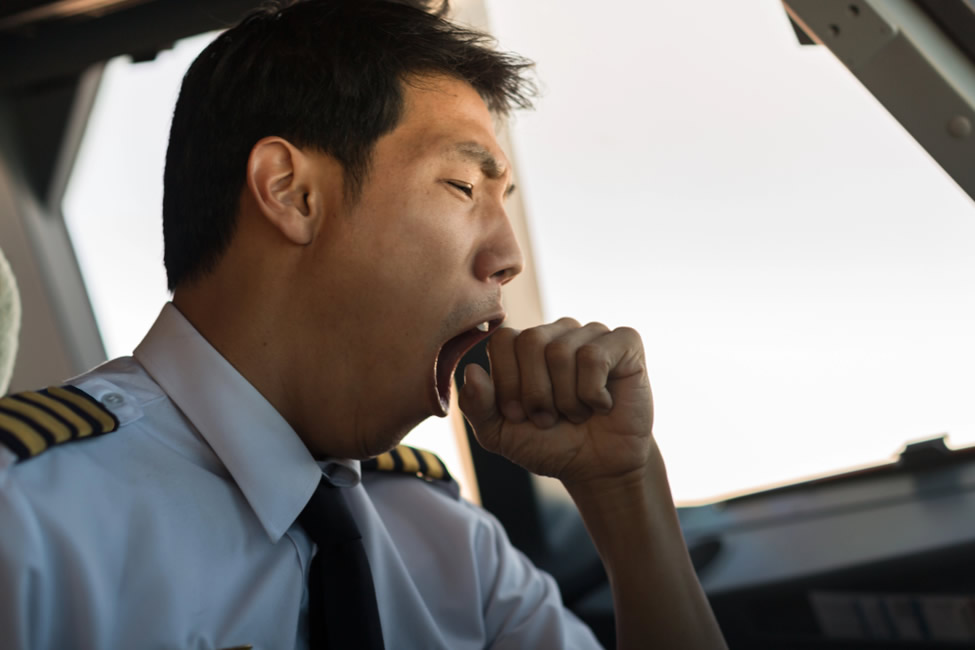
Preventing Pilot Fatigue: Science-Backed Tips for Staying Sharp in the Sky
Fatigue is one of the most persistent and underestimated threats to aviation safety. Even the most skilled pilots are not immune to the cognitive and physical effects of sleep deprivation and circadian disruption. Whether flying long-haul international routes or juggling unpredictable schedules in regional aviation, managing fatigue is critical for maintaining sharpness, reaction time, and decision-making in the cockpit. Here are science-backed strategies pilots can use to stay alert and safe in the skies.
1. Prioritize Quality Sleep
Sleep is the foundation of fatigue management. The National Sleep Foundation recommends 7 to 9 hours of sleep for adults, and for pilots, this rest becomes even more essential. Aim to get consistent, uninterrupted sleep before duty periods, especially before long-haul or overnight flights. Use blackout curtains, white noise machines, and avoid screen time before bed to promote deeper sleep.
If you’re on the road, bring along familiar sleep accessories like a travel pillow or eye mask to create a restful environment in unfamiliar hotel rooms.
2. Understand and Respect Circadian Rhythms
Your body’s internal clock influences when you feel alert or drowsy. The circadian low typically occurs between 2 a.m. and 6 a.m., when reaction times and cognitive performance dip. Flying during this window can significantly increase fatigue risk.
To combat this, try to align duty periods with your natural rhythm as much as possible. If you’re flying through multiple time zones, gradually adjust your sleep schedule in the days leading up to your trip. Strategic use of light exposure in the morning and avoiding bright screens at night can help reset your body clock more efficiently.
3. Use Strategic Napping
A short nap, ideally 20 to 30 minutes, can significantly improve alertness and cognitive function without causing sleep inertia (that groggy feeling after waking). On long-haul flights, utilize in-flight rest periods strategically. Pre-takeoff naps, often referred to as “prophylactic naps,” can also help mitigate the effects of expected fatigue later in the flight.
4. Hydrate and Eat for Energy
Dehydration and poor nutrition can exacerbate feelings of tiredness. Avoid excessive caffeine or sugar, which can cause energy crashes. Instead, opt for small, balanced meals that include complex carbohydrates, protein, and healthy fats. Drink water regularly throughout the flight, especially in pressurized cabins that can accelerate dehydration.
5. Recognize and Report Fatigue
Fatigue is a safety issue. If you’re too tired to operate safely, speak up. Aviation authorities around the world, including the FAA and EASA, emphasize fatigue risk management systems (FRMS) and support reporting culture. Being proactive about fatigue not only protects you but also your crew and passengers.
Pilot fatigue is not a sign of weakness, it’s a physiological reality. By understanding your body’s needs and implementing science-based strategies, you can maintain peak performance and safety. Staying sharp in the sky starts long before you reach the cockpit.